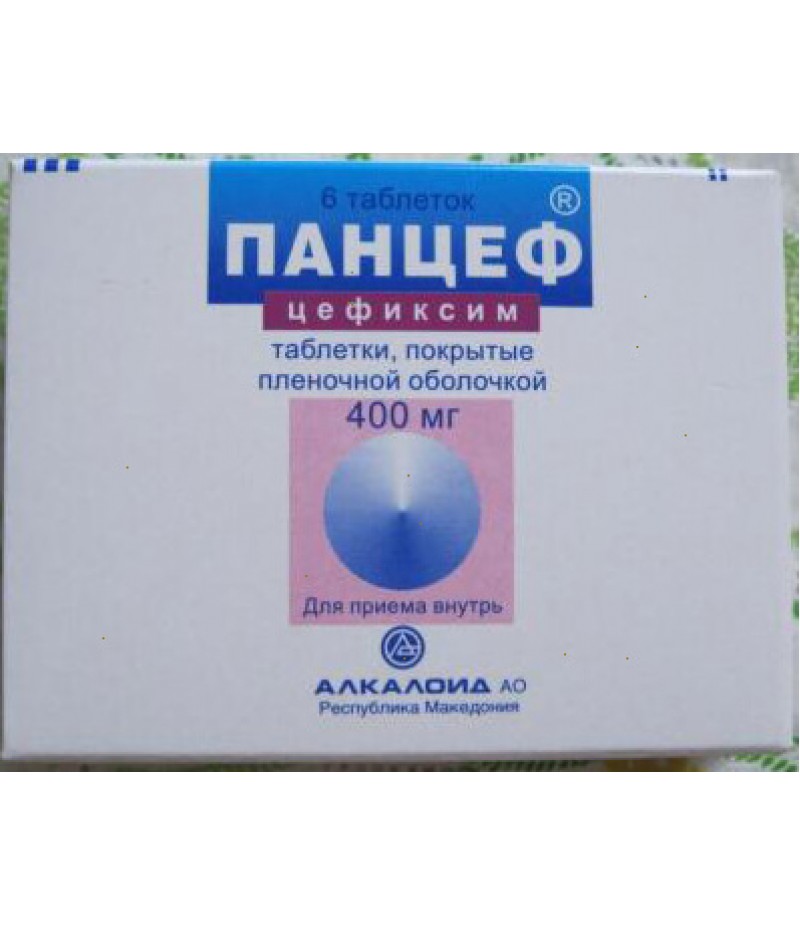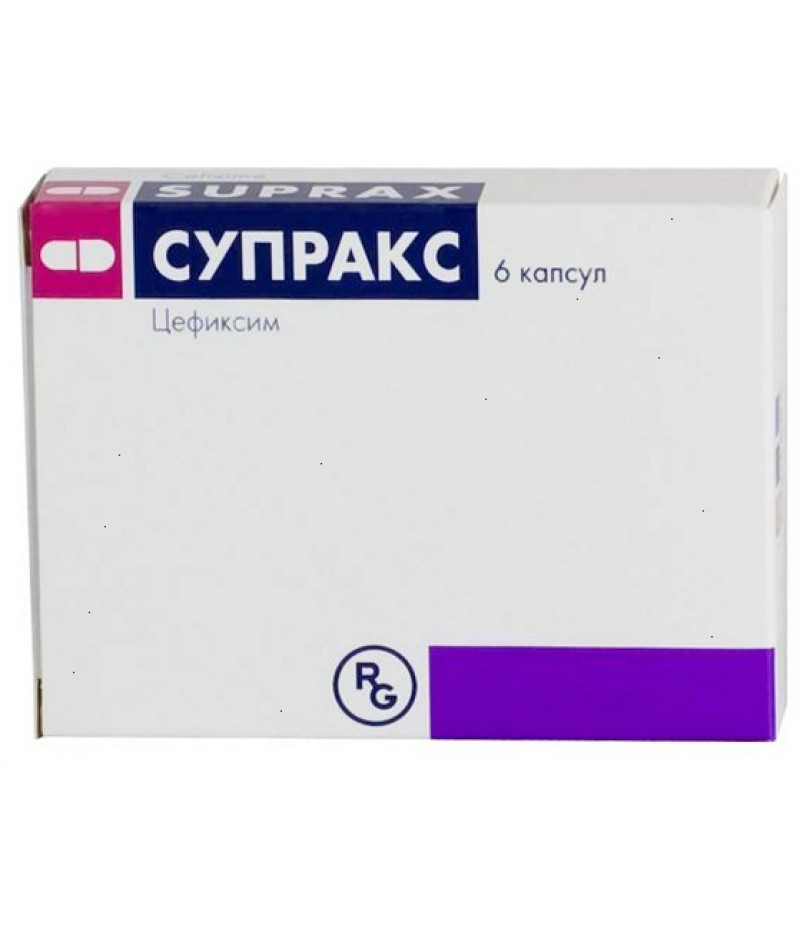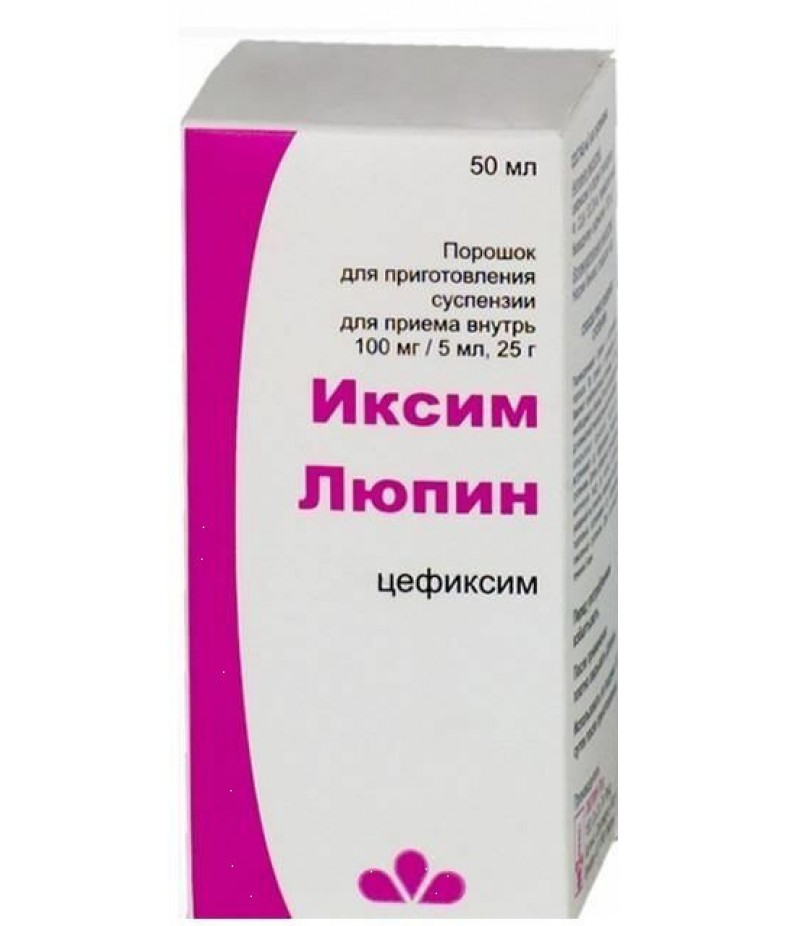Pancef tabs 400mg #6
- $21.90
- 3 or more $20.55
- Availability:In Stock
Pancef instruction for useReed more and buy Pancef hereCompositionOne tablet contains the active substance cefexime - 630 mg; other substances: magnesium stearate, hypromellose, corn starch and pregelatinized, titanium dioxide, MC..
Tags: tabs
Pancef instruction for use
Reed more and buy Pancef here
Composition
One tablet contains the active substance cefexime - 630 mg; other substances: magnesium stearate, hypromellose, corn starch and pregelatinized, titanium dioxide, MCC, calcium dihydrogen phosphate, sodium lauryl sulfate, gelatin, macrogol 4000.
Granules (60/100 ml) for the preparation of the suspension contain the active component of cefexime (in the form of cefexime trihydrate) 1.208-1.351 or 2-2.238 g. Additional substances: xanthan gum, sucrose, orange flavor, sodium benzoate.
Form of issue
The preparation is released in the form of granules for the preparation of suspensions for oral administration and in tablet form. In a perforated aluminum blister contains 5 or 6 tablets. In the cardboard bundle there is 1 blister (6 tablets) or 2 blisters for 5 tablets.
The granulate is available in dark bottles with a special aluminum cover and gasket. Each vial is equipped with the first autopsy control. The vials have a volume of 60, 100 ml.
pharmachologic effect
Medication Pancef is an antibiotic and has an antimicrobial effect of a wide spectrum. It affects the synthesis of the bacterial cell wall, which leads to the death of gram-positive and gram-negative microorganisms. Antibiotic is also used in pediatric practice. The pronounced antimicrobial effect of the Pansef suspension allows the drug to be positioned as an antibiotic for children.
Pharmacodynamics and pharmacokinetics
The active ingredient cefixime is a third generation antibiotic for oral (oral) administration and exhibits antibacterial activity against most gram-negative bacteria and Gram-positive microorganisms. The drug is resistant to beta-lactases of gram-positive and gram-negative microorganisms. The active substance disrupts the synthesis of the bacterial cell walls of the pathogen, which leads to their death. Resistance to the drug is formed slowly.
Indications for use
The drug is prescribed for infectious and inflammatory pathologies caused by microorganisms sensitive to cefixime trihydrate.
Urinary tract infection:
cervicitis;
urethritis of gonococcal genesis.
Respiratory system infections:
pneumonia;
bronchitis (acute course, chronic form);
tracheitis.
Infections of ENT organs:
sinusitis of infectious genesis;
tonsillitis;
otitis media (middle, outer);
pharyngitis.
Medication is prescribed for acute intestinal infections.
Contraindications
Antibiotic is not prescribed for hypersensitivity to penicillins and cephalosporins. Use with caution for children up to six months old, patients of advanced age.
Side effects
The digestive tract:
anorexia;
dry mouth;
diarrheal syndrome;
vomiting;
nausea;
dysbiosis;
epigastric pain;
candidiasis;
hyperbilirubinemia;
flatulence;
jaundice.
Rarely recorded:
glossitis;
stomatitis;
pseudomembranous enterocolitis.
The system of hematopoiesis:
thrombocytopenia;
hemolytic anemia;
leukopenia;
neutropenia.
Nervous system:
migraine headaches;
dizziness.
Urinary system:
nephritis (interstitial form);
discomfort during urination.
Allergic responses are possible:
hyperemia of the skin;
hives;
itching;
fever;
eosinophilia.
Instructions for use Pancef (Method and dosage)
The tablet form of the drug should be taken inside adults and children (from twelve years old) - 8 mg per 1 kg of the patient's weight for 24 hours or 4 mg / kg-two times a day. Maximum dosage: 400 mg of antibiotic per day. With uncomplicated gonorrhea, 400 mg are taken once. The duration of antimicrobial therapy is 7-10 days.
Patients who are on hemodialysis, and with severe pathology of the renal system, the dose is reduced by 25%.
In some cases a suspension of Pancef is prescribed. Instructions for use: for adults and children over the age of twelve years (body weight over 50 kg), it is recommended to use 400 mg once a day or 4 mg / kg twice a day in a daily dose.
Children from five to eleven years - 8 mg per 1 kg once every 24 hours or 4 mg per kg every 12 hours, that is 6-10 ml of suspension in 24 hours. Children from two to four years are prescribed 5 ml, and from six months to a year - 2.5-4 ml of suspension. Duration of treatment is seven to ten days.
Preparation of the suspension is carried out immediately before use. Flask with powder shake, a couple of times turning it over. Add 40 ml of boiled, chilled water in two stages, then after each, it is necessary to shake the bottle until a homogeneous liquid forms, then the suspensions are allowed to settle for 5 minutes. For convenient dosing, use a special measuring cap. A ready-made suspension must be shaken before use.
Overdose
The use of increased doses of the drug leads to an increase in the previously described side effects. It is recommended to rinse the stomach, prescribe enterosorbents, and spend post-dandruff therapy. Peritoneal dialysis and hemodialysis are not effective in overdose.
Interaction
Diuretics and tubular secretion blockers prevent the elimination of cefixime trihydrate by the kidneys, which leads to increased toxicity. Antacids slow the absorption of medication. If you simultaneously use Pancef with carbamazepine, then in the blood will increase the concentration of carbamazepine. The active substance of the drug Pansef reduces the prothrombin index, strengthening the effect of anticoagulants.
Storage conditions
Temperature from 15 to 25 degrees Celsius, in a dark, dry place. Keep away from children.
Shelf life
Suspension after cooking can be stored for 14 days. The drug in the package is 3 years.
special instructions
If the patient has a sensitivity to penicillin antibiotics, an allergic reaction to the drug may occur. In this case, you need to stop taking and take appropriate measures.
It is possible to disturb the microflora, as with other antibiotics, which can lead to the development of pseudomembranous colitis and diarrhea.
Also, in the process of treatment, a pseudo-complex urine reaction to ketonuria, glucose is possible. A false-positive Coombs reaction is rarely recorded.
In pregnancy and lactation
In pregnancy, the drug can be used only in cases where the benefit to the mother is higher than the risk for the fetus. When used during lactation, lactation should be stopped.
Reviews about Pancef
On medical sites and forums there are only positive reviews about Pancef. The antibiotic is well tolerated, and has proven itself as the best remedy in the treatment of infectious diseases. Suspension for children is actively used in pediatric practice due to the low severity of adverse reactions.
Pancef or Suprax?
Suprax has an active substance as well as Pancef. But there is an opinion that Pancef has less pronounced adverse reactions and an allergy to it happens much less often.



